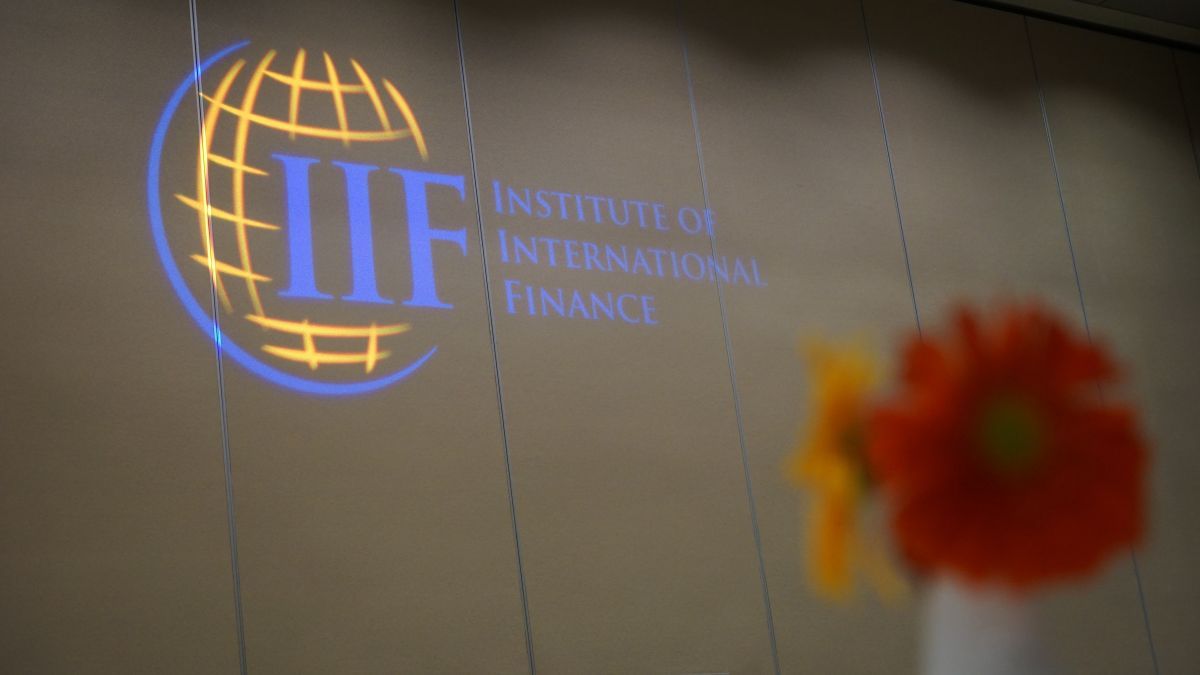The losses of the Federal Reserve they exceeded 100,000 million of Dollars, according to recent central bank data released Thursday, and are likely to followrising before the red numbers stop.
The central bank of United Statess continues to pay more in interest than it receives for the bonds it holds and for the services it provides to the financial sector.
Although there is uncertainty about how the situation will evolvesome observers believe that the Fed’s losses, which started a year agocould double before starting to shrink.
William Englisha former top central bank official now at Yale University, forecasts a “maximum” loss of about 200 billion dollars by 2025. Derek Tang of forecasting firm LH Meyer estimates the loss will be between 150 billion and 200 billion dollars for next year.
The Federal Reserve recognizes its losses in what it calls a “deferred asset,” an accounting measure that reflects what it will eventually have to cover in the future before it can return to its normal practice of returning its profits to the Treasury.
Federal Reserve: what’s behind the losses
Losing money is an unusual situation for the Fed, but at the same time, the central bank has repeatedly warned that this situation does not in any way affect its ability to direct monetary policy and achieve its objectives.
That the Federal Reserve incurred losses has not been a surprise given its aggressive campaign to raise interest rates, which has raised the benchmark rate to a current range of 5.25% – 5.50% from the level near zero in March 2022.
Although it is expected that the Federal Reserve has concluded its rate increases as inflationary pressures ease, losses will continue to increase due to the current level of short-term rates, generating negative net income for a considerable time. However, losses are anticipated to cease largely due to the Fed’s ongoing balance sheet reduction process, which complements its rate hikes.
Federal Reserve officials have hinted that there is still some way to go in this regard, and as a result, the central bank will have to spend less on interest as it withdraws liquidity from the financial system. This is expected to happen in the second or third quarter of 2024, according to financial markets.
The liquidity targeted by the Federal Reserve exists primarily in the form of bank reserves and through the central bank’s reverse repurchase facility. Through these tools, the Fed pays banks, money managers and others to keep cash on their books. If liquidity decreases, it costs the central bank less to immobilize what is left, even if its monetary policy rate does not change.
“The pace of losses will slow even if interest rates remain high, because reserves and (repos) are declining as securities are depleted, and new securities purchases are facing higher rates,” he said. English.
These losses They have a weight in monetary policy. For a time, the Fed has returned substantial amounts of money to the Treasury, used to reduce government deficits.
When the Federal Reserve stops incurring losses, it will be years before it can remove the “deferred asset” from its books and begin returning cash to the Treasury. In 2022, the Fed returned $76 billion, after having returned $109 billion in 2021.
Source: Ambito
I am a 24-year-old writer and journalist who has been working in the news industry for the past two years. I write primarily about market news, so if you’re looking for insights into what’s going on in the stock market or economic indicators, you’ve come to the right place. I also dabble in writing articles on lifestyle trends and pop culture news.




